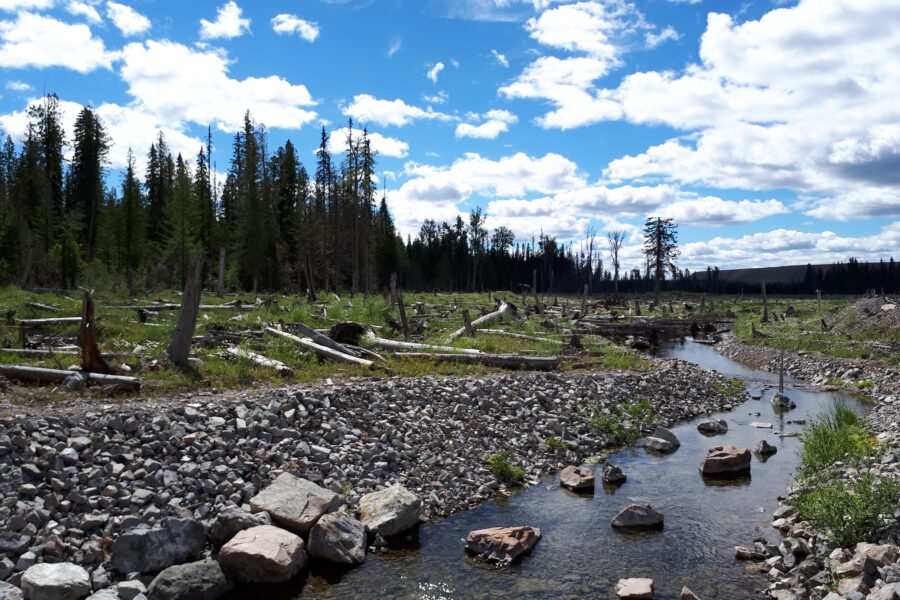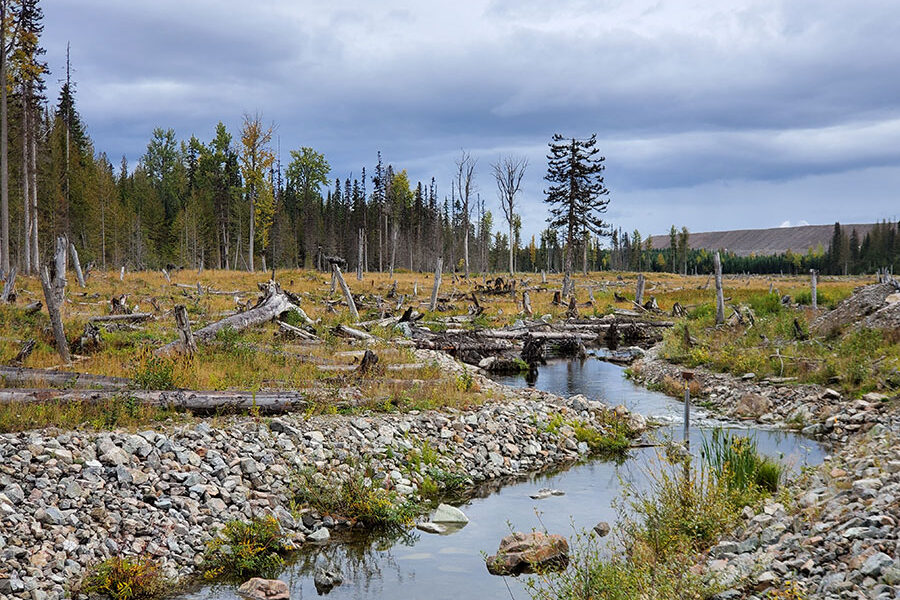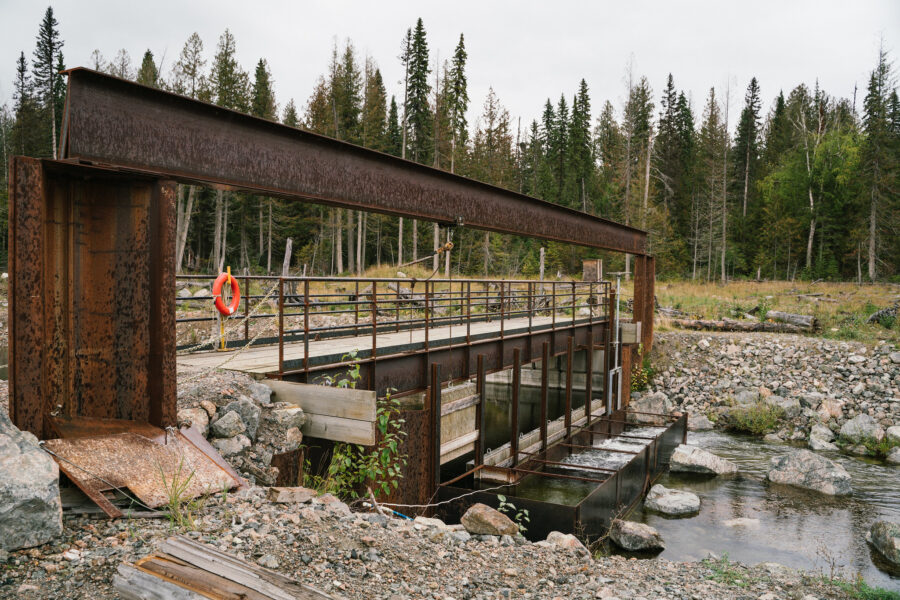Tag: rainbow trout
![Collecting spawning Rainbow Trout from Hazeltine Creek. This was a challenge as the new fish habitat was vast and the fish had lots of places to hide! [May 2018]](https://www.mountpolley.com/wp-content/uploads/2020/08/collecting-spawning-rainbow-trout-900x600.jpg)
Mount Polley built and managed an on-site fish hatchery in 2018
August 21, 2020
After the spill, a population monitoring program on Polley Lake indicated there had probably been a reduction in the age class of the population of Rainbow Trout (as upper Hazeltine Creek was the main spawning area for these trout). There w… Read more »

Rainbow trout return to Hazeltine Creek
August 21, 2020
In 2018 a milestone was celebrated by the Mount Polley Environmental Team (MPET) when the efforts of the remediation work rebuilding Hazeltine Creek witnessed the return of Rainbow Trout, Redside Shiners and Long Nose Suckers to the rebu… Read more »

Major milestones of Mount Polley’s environmental remediation efforts to date
April 21, 2020
The remediation effort at Mount Polley is ongoing; however, we are very proud of the major milestones that have been completed to-date.
Repair of lower Edney Creek, re-establishment of link to Quesnel Lake and installation of new fish hab… Read more »

The Mount Polley Team: Maintaining a Healthy Environment
February 28, 2020
Mout Polley continues to restore the environment during its current care and maintenance phase.
With 14 staff members working at the Mount Polley site, as well as several contractors, the remediation team at Mount Polley co… Read more »